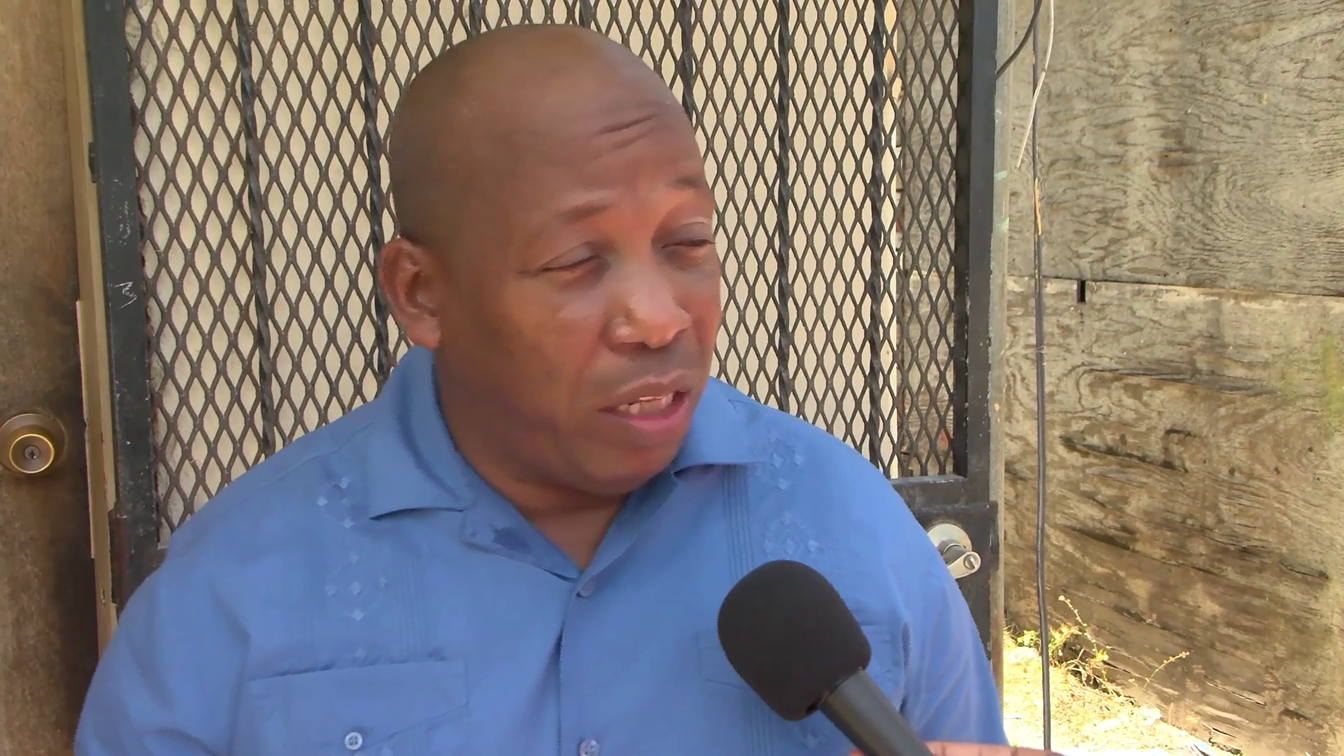On Wednesday, we brought you the Ministry of Transport’s bold vision to unify the country’s public transit system under a single national bus company. But that vision has hit a speed bump. The Belize Bus Owners Association is pushing back, hard. Their concern? That this proposal could drive independent operators off the road and threaten the livelihoods of dozens of families who rely on the industry. The association is calling for fairness and transparency as the government moves forward. In response, Transport Minister Doctor Louis Zabaneh told News Five that the opposition is not as widespread as it may seem. He claims only a small group of operators are resisting the idea and emphasized that the plan is still in its early stages. But when we reached out today for an update, C.E.O. of the Ministry of Transport, Chester Williams, declined to comment, saying he could not disclose any further details at this time.
Chester Williams, CEO, Ministry of Transport
“The minister is the one dealing directly with the bus issue meeting with the different bus owners. Yes, I do attend the meetings with him, but I leave that for him to be able to address. I don’t think I am in a place to be able to comment on that because he’s a lead in that aspect and that’s a policy issue. So that’s a matter for the minister. When he have decided exactly what route will go, then it is passed down to be as the CO to ensure that there’s execution in terms of what the policy of the minister is.” 9:40 So, what’s next for Belize’s bus system? That remains to be seen.”
But one thing is clear—the road to reform may be longer and bumpier than expected.
